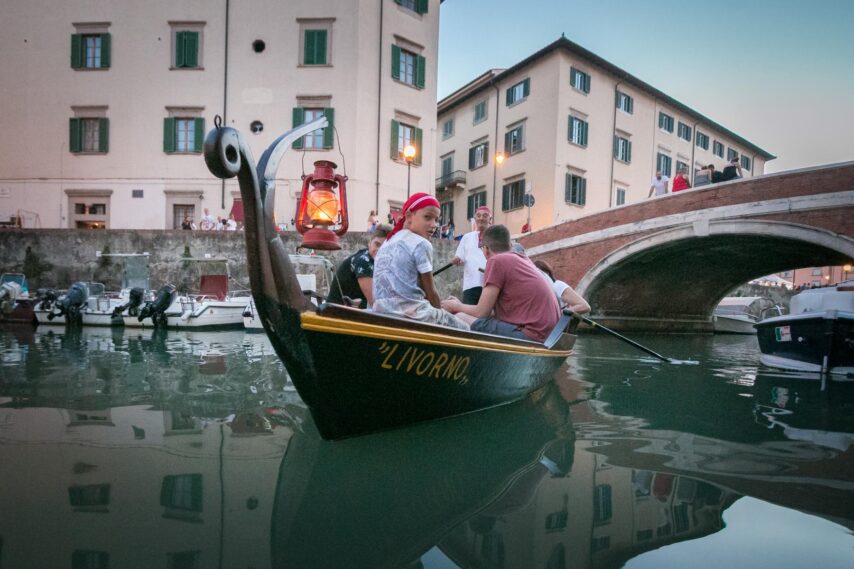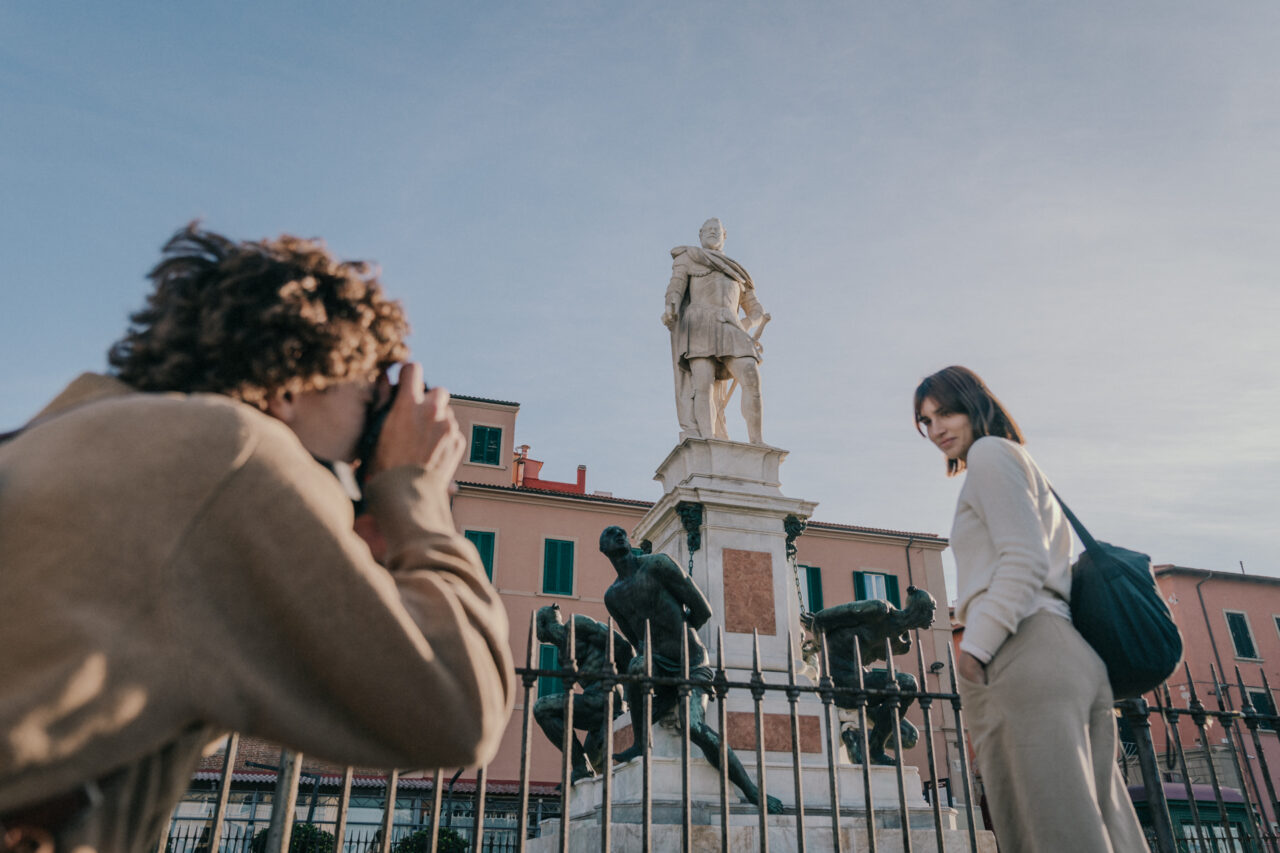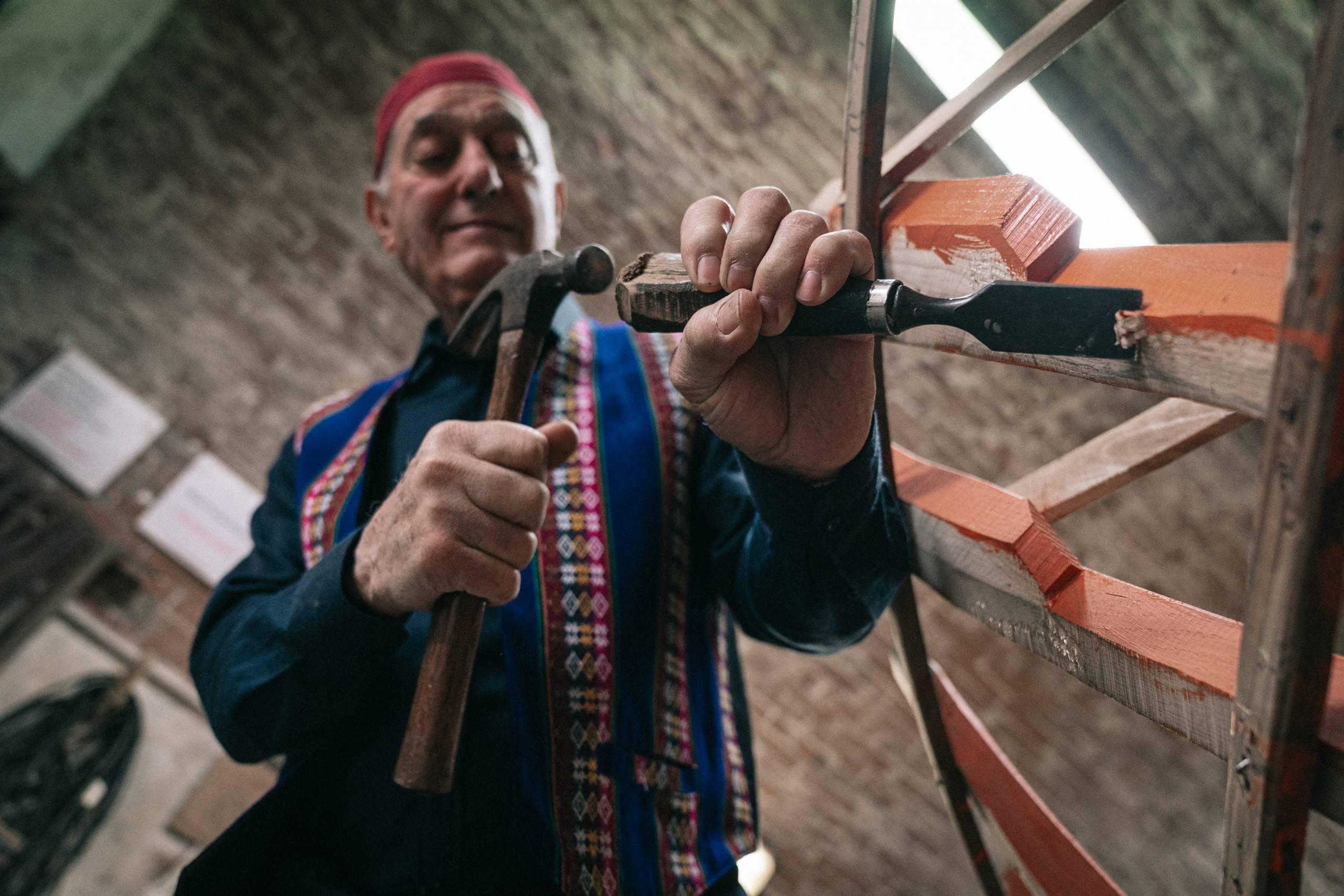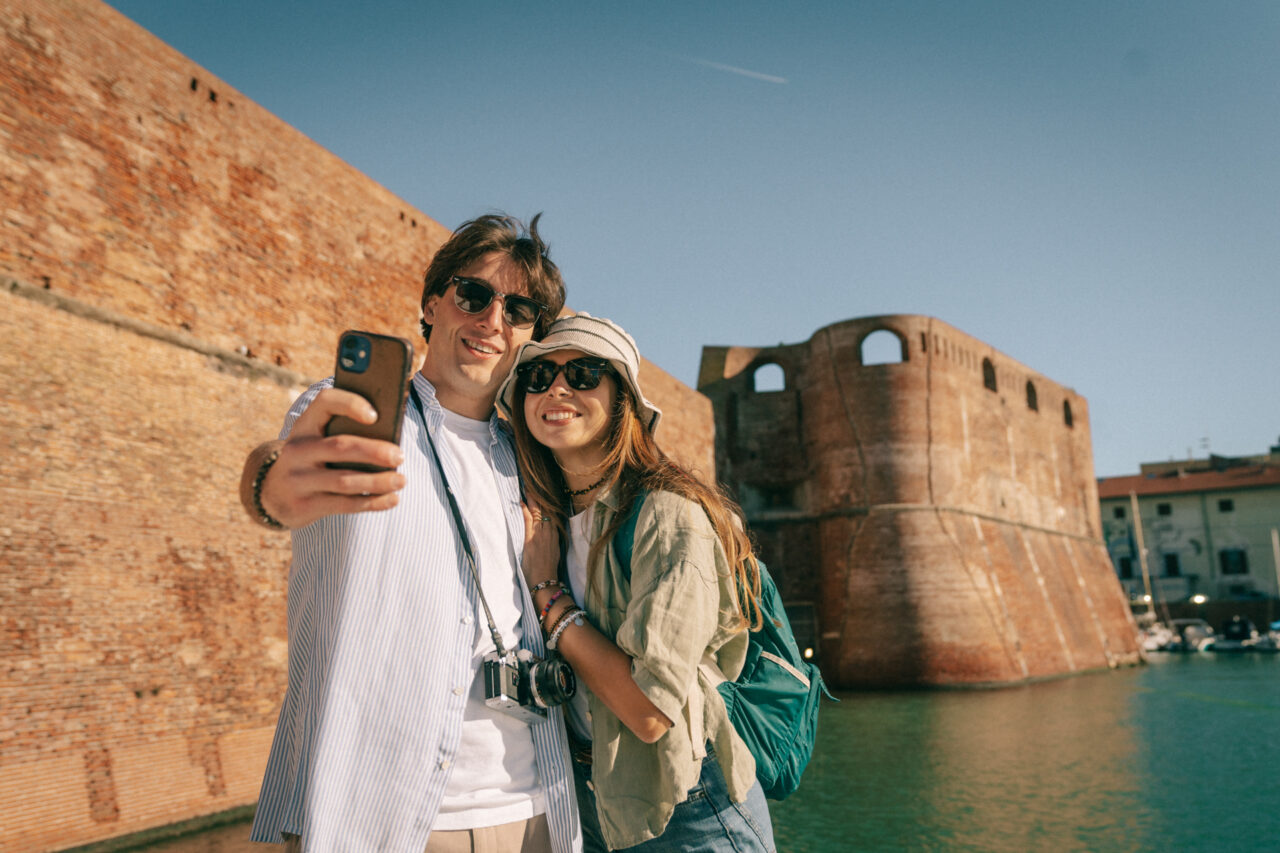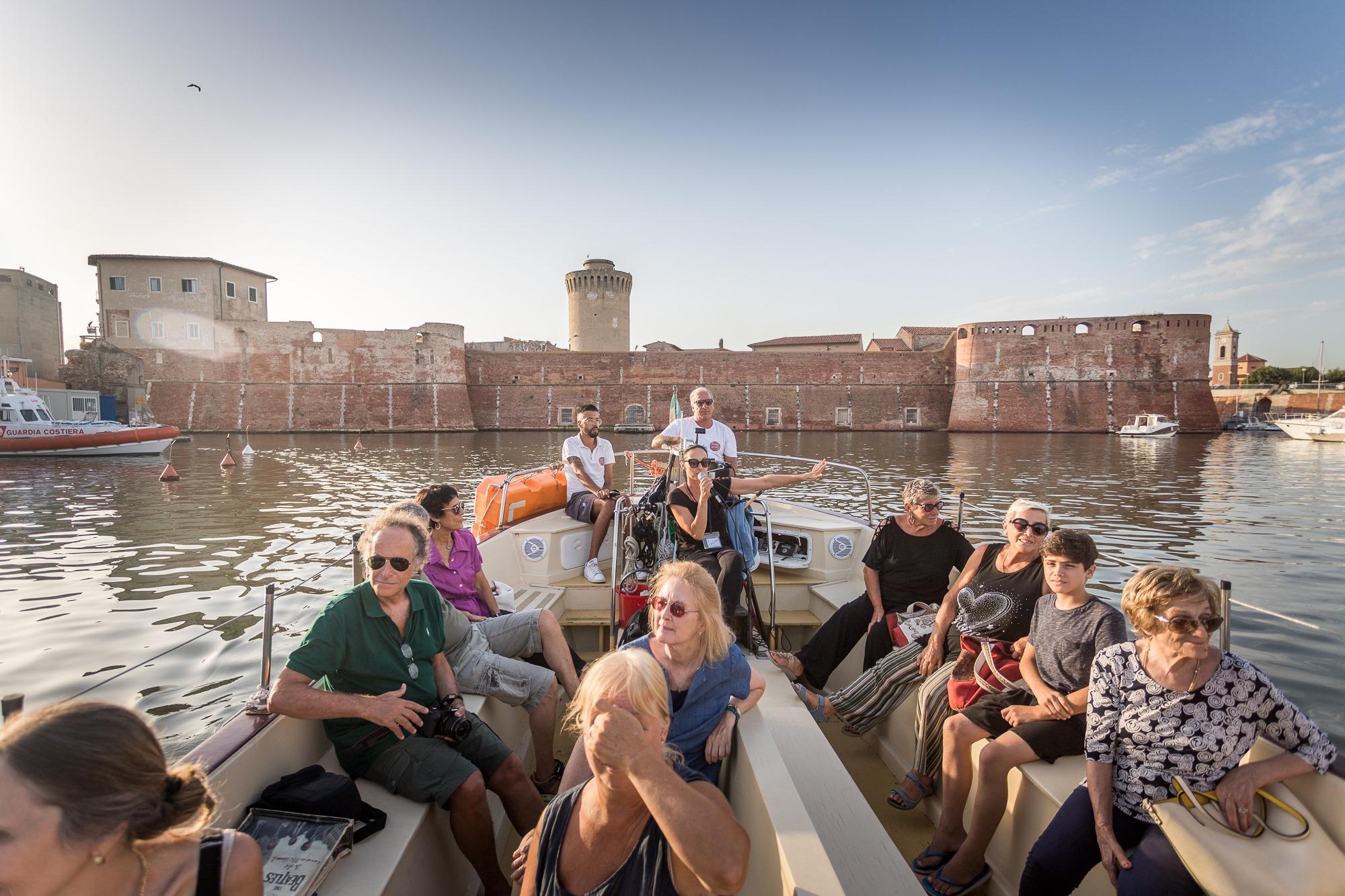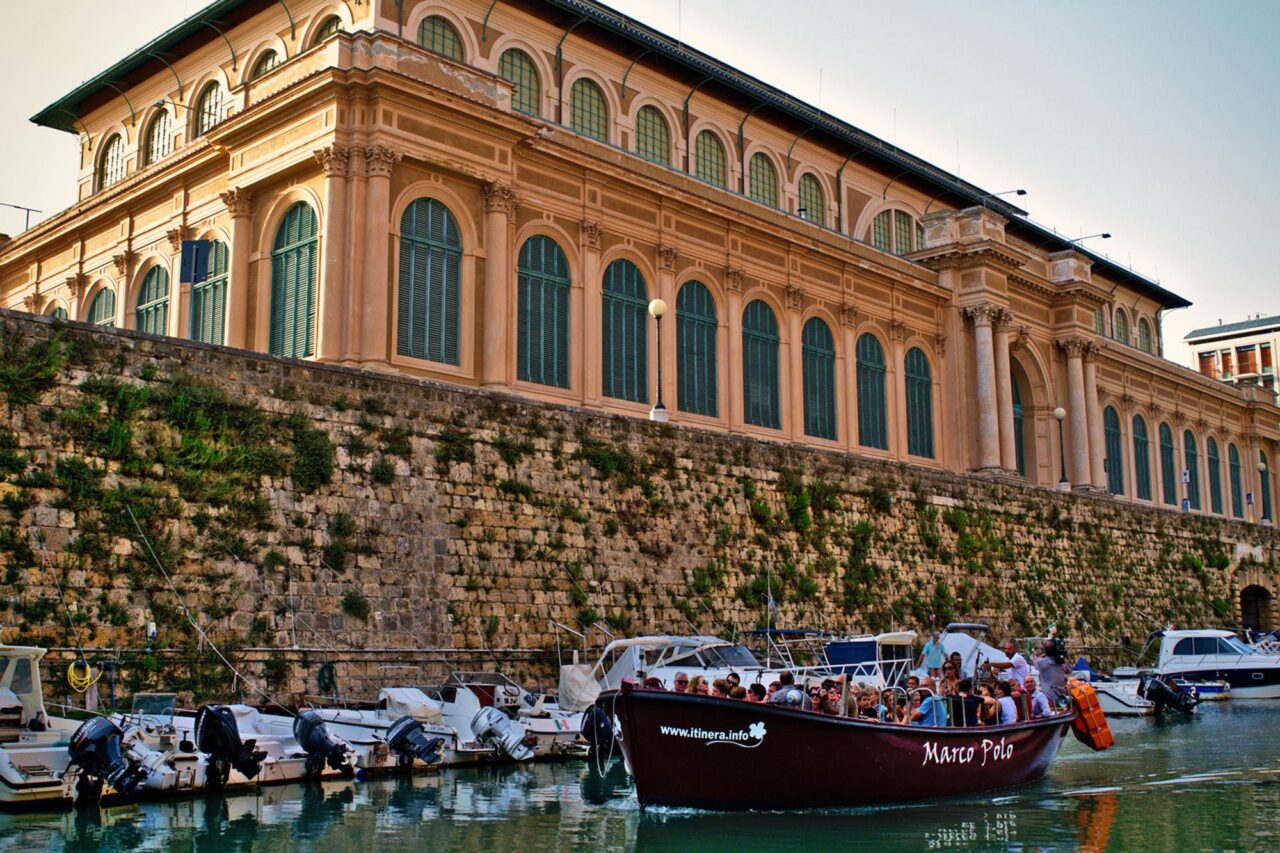Livorno / What to do and see / The Roman Mansio of Torretta Vecchia

The Roman Mansio of Torretta Vecchia
Visit an ancient post station on the Aemilia Scauri road
An archaeological treasure in the heart of the Collesalvetti area
“All roads lead to Rome”: this ancient proverb of Italian popular culture well summarizes how the extensive road system of ancient Rome was important for the expansion of the Empire.
Much like today’s service stations along our highways, along all the most important Roman roads, on average every 40 km and often at key points, various post stations called “Mansio” (plural: mansiones) were built, where travelers of rank could refresh themselves, rest, change horses, and even enjoy a thermal bath.
The Roman Mansio of Torretta Vecchia came to light by chance in 1989 during the construction of the Livorno-Civitavecchia highway near Collesalvetti, between the Torretta Vecchia location and the village of Castell’Anselmo, precisely along the Via Emilia, a regional road (206) that traces a secondary section of an ancient Roman consular road: the Via Aemilia Scauri.
Built by the censor Marcus Aemilius Scaurus in 109 BC, the Via Aemilia Scauri initially started from Luna (Luni), reached Vada Sabatia, today’s Vado Ligure, near Savona, and then crossed the Apennines to end at Tortona. Over time, however, the stretch from Vada Volaterrana (now Vada in the province of Livorno) to Pisa, and then towards Liguria, was also called Via Emilia, as evidenced by a stone found near the Crocino location, documenting the restoration of that section of Via Emilia 188 miles from Rome by Emperor Antoninus Pius.
Identified as Mansio Turrita on the Tabula Peutingeriana, a 12th-13th century map of the Roman Empire, the Roman Mansio of Torretta Vecchia remained active until at least the mid-6th century AD, and was probably abandoned during the destruction of the Gothic War.
In any case, it is a well-organized complex of over 600 square meters, whose original nucleus was significantly expanded over the centuries to become a large “villa”, equipped with every service for the comfort of travelers and their horses. Among its wonders stands out a typical Roman thermal system, complete with frigidarium for cold baths, heated calidarium, and tepidarium, where part of the original heating system is still visible, a mosaic floor characterized by complex geometric designs, and some sections of opus mixtum masonry.
The oldest structures of the facility seem to date back to the first half of the 1st century BC, during the period of Romanization of the area after the conquest of the Etruscan cities, making this site particularly interesting from an archaeological point of view.
Well, what can we add… A visit to the Roman Mansio of Torretta Vecchia, probably the most important historical-archaeological site in the Collesalvetti area, is an experience that we highly recommend. It is a true leap into antiquity that will allow you to explore the daily life of a remote era.
The Roman Mansio is temporarily closed to the public.
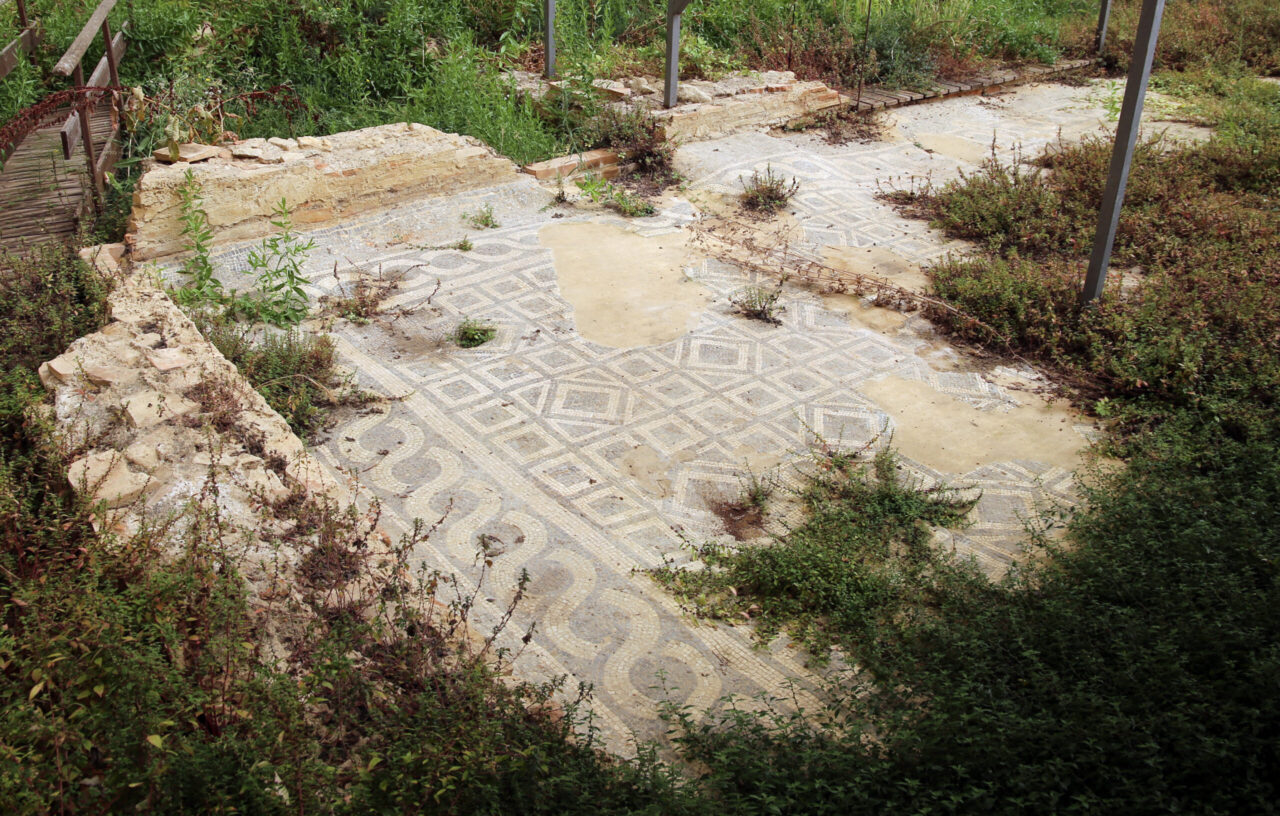
Useful informations
-
Who:
Alone, Children and families, Groups, In pairs, With friends
-
When:
Autumn, Spring, Summer, Winter
-
What:
See learn and discover
-
Other characteristics
Outdoors, Reachable by public transport

The unexpected Tuscany
Discover all the peculiarities that make Livorno so unique and surprising.
Discover moreTourist information
Offices, contacts, and tourist information to help you organize your visit.
Find places and stories that fit you
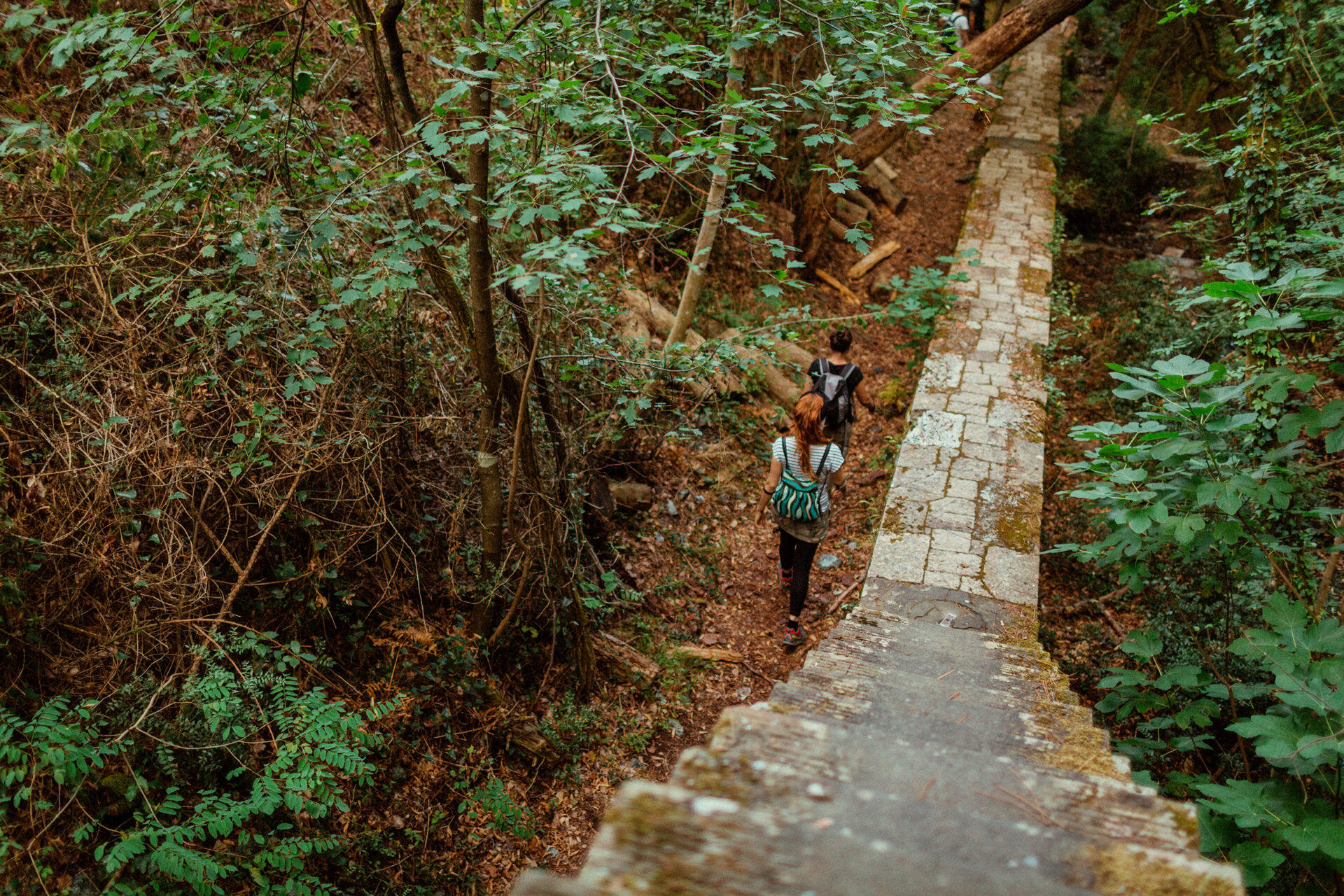
Subscribe to the newsletter
to stay updated
Don't miss any news about events in Livorno and surroundings.

